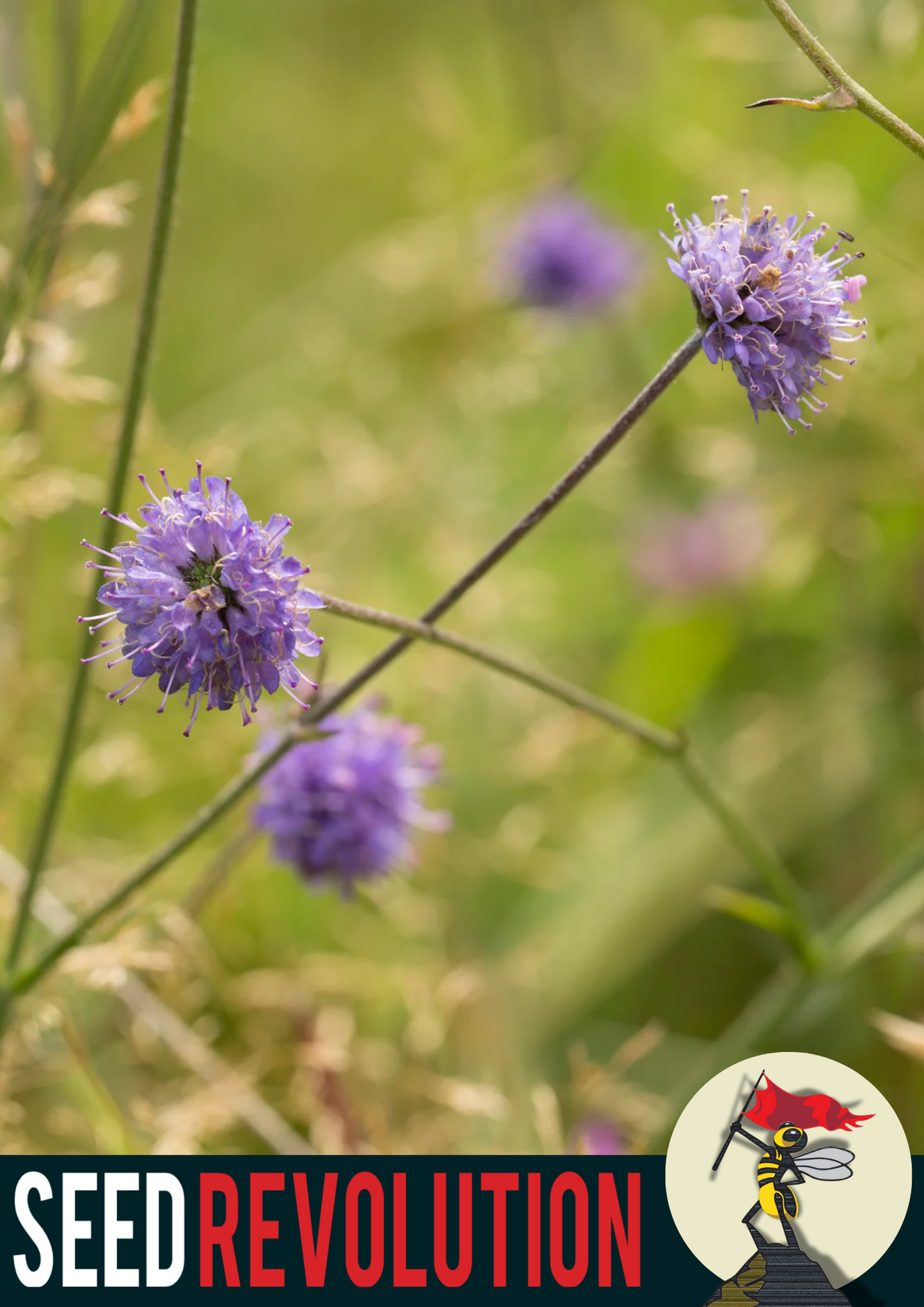My Store
Clay Soil 80/20 Seed Mix
Clay Soil 80/20 Seed Mix
Couldn't load pickup availability
A mix for those with clay soils. Clay soils are great for farming, not quite so for gardening and as wildflowers can be tricky to establish at the best times, having species suited to your soil gives them the best chance.
The tell-tale signs of clay soils are little moisture, whilst lumpy and containing stones and flint. To test, place soil in a jar of vinegar. If it froths, you got clay soil.
How to Plant
Cheap and Easy Method:
For a quick and cost-effective approach, simply scatter the seeds directly onto bare soil. This method requires minimal preparation but has a lower success rate, as it relies heavily on natural conditions. Clear the area of any debris, and lightly rake the soil to create a loose surface. Evenly broadcast the seeds across the soil, then lightly rake again to ensure good seed-to-soil contact.
More Involved Method:
For better results, especially in areas prone to aggressive weeds, use a terram membrane. This method involves laying a terram membrane over the planting area to suppress weed growth. On top of the membrane, add a layer of calcareous soil, which is rich in calcium and ideal for many wildflowers. Sow the seeds evenly across the soil surface and gently press them in to ensure good contact. This method is more expensive and labour-intensive but significantly increases the chances of a successful and vibrant meadow.
When to Plant
The optimal time to plant your Clay Soil 80/20 Seed Mix is in the spring (March to May) or autumn (September to October). These periods offer the best temperatures and moisture conditions for seed germination and establishment.
Where to Plant
This mix is specifically chosen to thrive in clay soils, which are typically heavy and can retain moisture. Choose a location that benefits from these soil properties but also ensures good drainage to prevent waterlogging. Areas with full sun or partial shade are ideal.
Watering Schedule
Clay soils naturally retain more water than sandy soils, so watering needs may be reduced. During the initial establishment phase, ensure the soil remains moist but not saturated. Water gently to avoid washing away the seeds. Once established, the plants will generally require minimal watering, relying on natural rainfall, though during very dry spells, additional watering may be necessary.
Blooming Period
The wildflowers in your Clay Soil 80/20 Seed Mix will generally bloom from late spring through to late summer, approximately May to August. This period can vary slightly depending on local climate conditions and specific species within the mix.
Expected Plant Height
The plants in this mix will vary in height, generally ranging from 20 cm to 1 metre. This variety helps create a layered and textured appearance, enhancing the visual impact and supporting a variety of wildlife.
What you get
Wildflowers and Grasses Included in the Mix
Wildflowers:
- Betony (Stachys officinalis)
- Birdsfoot Trefoil (Lotus corniculatus)
- Black Medick (Medicago lupulina)
- Common Agrimony (Agrimonia eupatoria)
- Common Cat's Ear (Hypochaeris radicata)
- Common Sorrel (Rumex acetosa)
- Cowslip (Primula veris)
- Field Scabious (Knautia arvensis)
- Foxglove (Digitalis purpurea)
- Lady’s Bedstraw (Galium verum)
- Meadow Buttercup (Ranunculus acris)
- Meadowsweet (Filipendula ulmaria)
- Musk Mallow (Malva moschata)
- Ox-eye Daisy (Leucanthemum vulgare)
- Ragged Robin (Lychnis flos-cuculi)
- Ribwort Plantain ( Plantago lanceolata)
- Self Heal (Prunella vulgaris)
- Sheep Sorrel (Rumex acetosella)
- Tufted Vetch (Vicia cracca)
- Yarrow (Achillea millefolium)
- Yellow Rattle (Rhinanthus minor)
Grasses:
- Chewings Fescue (Festuca rubra ssp. commutata)
- Common Bent (Agrostis capillaris)
- Creeping Bent (Agrostis stolonifera)
- Creeping Red Fescue (Festuca rubra ssp. rubra)
- Crested Dogs Tail (Cynosurus cristatus)
- Meadow Foxtail (Alopecurus pratensis)
- Meadow Grass (Poa pratensis)
- Quaking Grass (Briza media)
- Timothy (Phleum pratense)
No Grow No Fee
Minimum of 2 years post sowing before claim can be made.
Share


